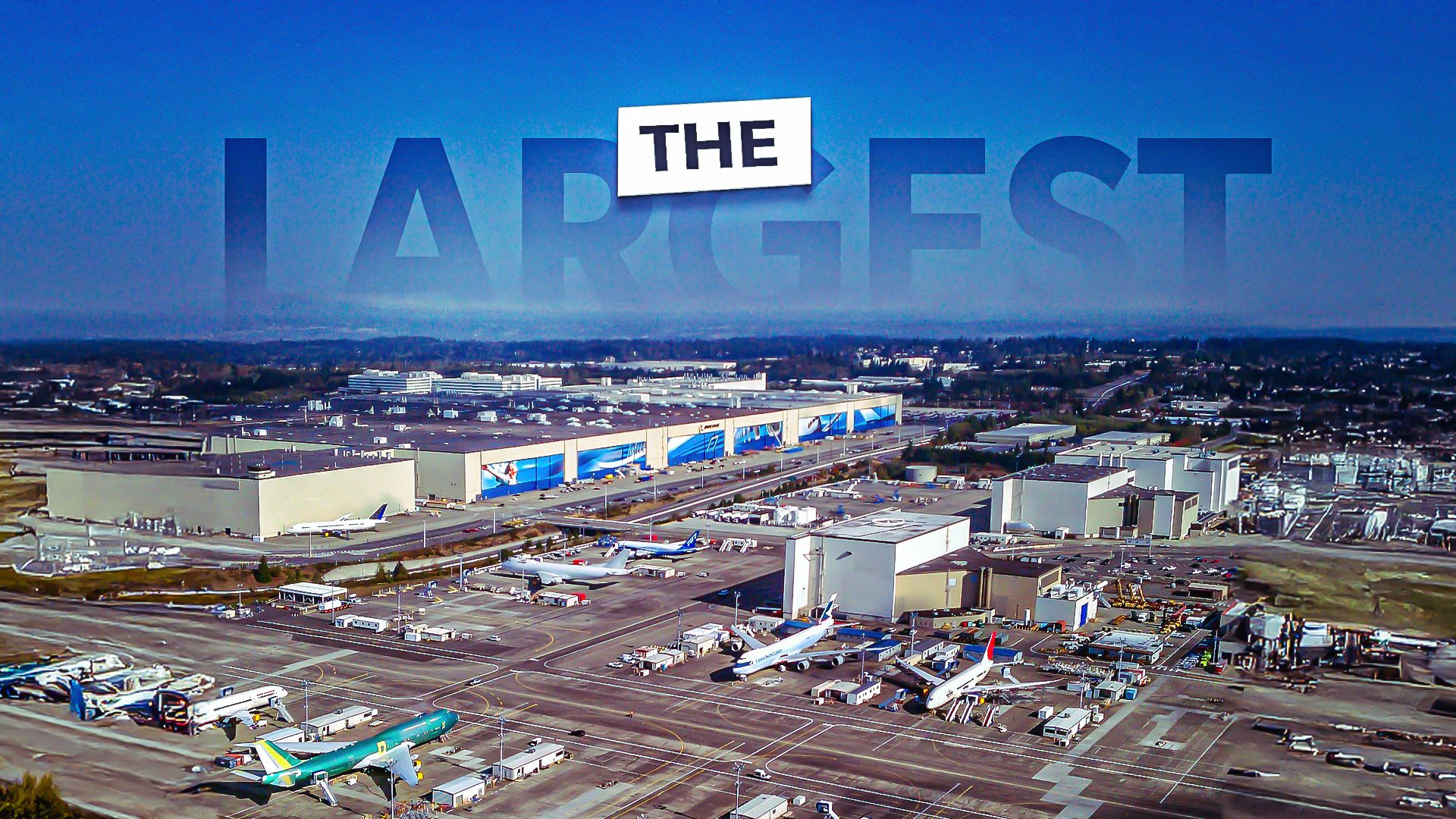Boeing’s Everett facility stands as a significant player in the global aviation industry, highlighted by its role in manufacturing some of the world’s most iconic commercial aircraft. As of March 2024, Boeing Commercial Airplanes, a division of The Boeing Company, reported revenues surpassing $32 billion. The Everett production facility alone is a testament to Boeing’s legacy, employing nearly 50,000 personnel across its various locations.
History of the Everett Production Facility
The roots of Boeing’s presence in Everett, Washington, trace back to the early 1940s. Boeing established its first factory at a former auto garage in October 1943 to manufacture sections of the B-17 Flying Fortress. The company’s footprint in the area shifted over the years, but a pivotal moment arrived in 1963 when Pan American World Airways placed the first order for the Boeing 747. This aircraft’s massive size necessitated the construction of a new facility.
In June 1966, Boeing acquired 780 acres near Paine Field, leading to the creation of a plant that, upon completion, was the world’s largest building by volume at 158 million cubic feet. Over time, various expansions occurred, notably in 1979 and 1990, to accommodate the production of the Boeing 767 and Boeing 777, respectively.
Current Operations and Aircraft Production
Today, the Everett facility covers nearly 100 acres and boasts a volume of over 472 million cubic feet. The production lines are equipped with 26 overhead cranes and span 31 miles of track. The facility features six hangar doors, each 82 feet tall and ranging from 300 to 350 feet wide. Aircraft are regularly towed from the factory to the flight line for testing, with Paine Field providing the necessary runway space.
Boeing currently operates three main production lines at Everett. The slowest is dedicated to the Boeing 767, with a focus shifting towards the 787 Dreamliner. While the company has ceased the commercial production of the 767, it still manufactures freighter and military variants, such as the KC-46 Pegasus. The Everett facility also produces the Boeing 777, which is undergoing a transition to the new 777X model, expected to enter commercial service soon.
Recently, the Everett site was designated as the exclusive location for the production of the 737 MAX 10, a move that marks a significant shift for Boeing, as single-aisle aircraft have traditionally been manufactured at the Renton facility.
Phasing Out Older Models and Future Plans
Boeing has a rich history of producing legendary aircraft at the Everett facility. Notably, production of the Boeing 747 began in 1967, with the last 747-8F rolling out in December 2022. This marked the conclusion of an era for the aircraft that had become synonymous with long-haul travel.
Additionally, the production of the 787 Dreamliner was previously shared between Everett and Charleston, South Carolina. However, in February 2021, the last 787 Dreamliner manufactured in Everett was delivered to All Nippon Airways, consolidating production in Charleston.
Boeing’s strategy includes phasing out the 767 program entirely, with plans to cease production of the 767F by 2027. The company has remaining orders from significant clients, including UPS and FedEx, which will fulfill the current demand before the production line closes.
The Everett facility remains a cornerstone of Boeing’s operations, with significant modernizations underway. The production of the 737 MAX 10 will help alleviate pressure on the Renton facility and will ensure the Everett site continues to play a vital role in Boeing’s future as it pivots towards the next generation of aviation.
